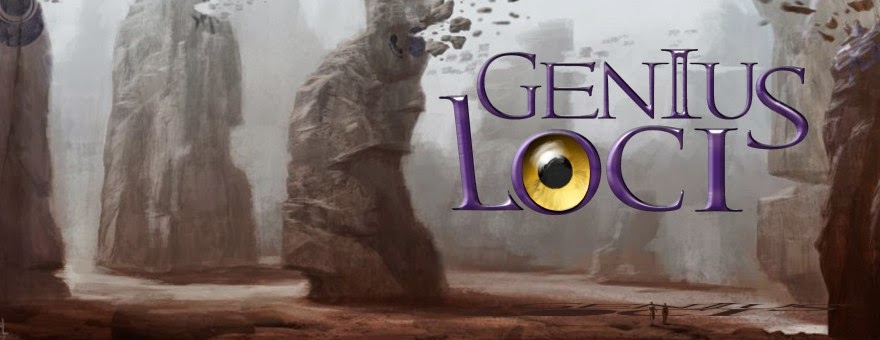"The apothecary gestured towards a shelf holding countless bottles, some labeled "solvent" or "for lung tightness", but most as perfumes; "perfume, relaxing", "perfume, agitating", "perfume/sleep agent" and so forth, all made up exquisitely in coloured flasks with beautiful labels."With its myriads of scented blossoms all year long, the Yellow forest is considered the most beautiful forest of Gdera. The export of scents has made the lands prosperous, with much time for art and education. Smells can present a danger on journeys; some are narcotising, others poisonous, bad for breathing, seeing, or thinking. The entire forest seems like a garden, even plantations look like parks. The animals partake in the olfactory symphony. The Yellow forest grows in the temperate and subtropical regions; some plants grow blossoms instead of leaves, most bloom several times a year.
— Tel-regach Khul, "A bottle of assassination", chapter 3
"I have to hurry to finish my dress for the lights festival. I only got the one for the two moons day done in time, and there are still those for the day of four seasons, west holiday, and the Parashinan nights to sew. I wish I'd earn better so I could have some really fancy dresses."
— Moruk, yellow forest boatsman
The Yellow forest inhabitants are vivacious and open-minded and care much for aesthetics. Their clothing is rich, varied, and playful, and include breathing masks against dangerous smells. Poetry is an admired art, and Nuralks poems are widely known and cited. Buildings are open to the wind and its scents, and life happens mostly outdoors.
Artists' notes
The Yellow forest always looks like autumn, which I love like all painters. I look forward to painting the pronounced aesthetics of the people and landscape. The Yellow forest is perhaps the place in Genius Loci where my style definition of "elven orientalism" comes out the most. Stories taking place here will be more about politics and such than natural disasters, and odd effects on people caused by weather.




